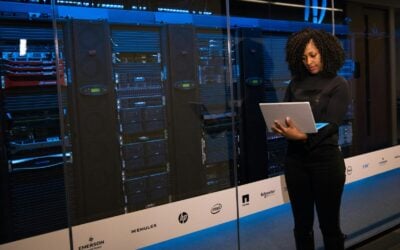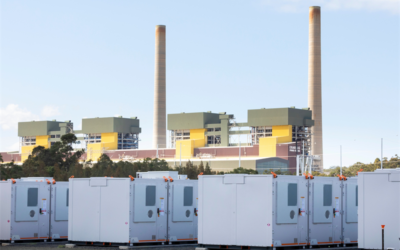
Batteries are uniquely placed to enter multiple revenue markets, with the wholesale market becoming increasingly interesting.
In this morning’s Energy Storage Summit 2021 keynote discussion, What is the key for really making money from batteries?, the panel talked through the numerous routes available to battery energy storage currently.
The growth in the ancillary market remains one of the biggest avenues for revenue, in particular in the UK, where “the balancing services market is very attractive at the moment because it’s undersubscribed” said Ben Guest, managing director at stock exchange listed dedicated investment fund Gresham House Energy Storage Fund.
This includes services like Dynamic Containment, which was brought in by National Grid ESO last October and which – despite offering the highest returns of any of the operator’s services at a cap of £17 (US$23.96) /MW/h ((US$23.96/MW/h) – remains undersubscribed as asset optimisers and owners struggle with the requirements.
Try Premium for just $1
- Full premium access for the first month at only $1
- Converts to an annual rate after 30 days unless cancelled
- Cancel anytime during the trial period
Premium Benefits
- Expert industry analysis and interviews
- Digital access to PV Tech Power journal
- Exclusive event discounts
Or get the full Premium subscription right away
Or continue reading this article for free
Software developments are helping to manage storage systems to let them truly take advantage of ancillary services, including enabling far greater stacking of revenue streams.
But this must be backed up by wider industry knowledge, panellists commented, allowing an asset to truly take advantage of the services by taking into account not just the demand in a moment but also the future demand.
As Björn Ullbro, VP for Africa and Europe at system integrator Wärtsilä, put it: “The software is king, but the knowledge is King Kong.”
Companies must therefore move away from just a pure technology play to a technology-plus-knowledge play to capture the true value during volatile periods. Ullbro pointed to spring 2020, when the inflexibility of baseload, low demand due to COVID-19 and high renewable generation in Britain disrupted power prices. It is instances like this where broader knowledge really comes into play, allowing battery operators and optimisers to capitalise on the spread of prices.
With such opportunities, companies like Gresham have yet to truly wade into the wholesale market. But there is certainly scope for battery development there, as “wholesale markets are also on a good foundation because they are deeper” than ancillary, as Jeroen Verbeek, commercial lead for batteries at Centrica Business Solutions, said, meaning it can help complete the business case for batteries.
Challenges remain however, as Neville Towers, director of wholesale markets optimization at EDF, highlighted “the issue is that the revenue streams are changing, they’re not very well established at the moment” and this changes year-on-year, with fluctuations of value as the markets change and adapt.
The introduction of Dynamic Containment in the UK is a good example of this, disrupting the revenue proposition for battery storage. As such, it has been “a heck of a journey for battery companies” added Guest.
With the market constantly changing, software must be designed to meet the increasingly complex mix of revenue options. Software must be able to make decisions simultaneously with communicating with the battery, National Grid and the operator, as well as taking into account a wider raft of other considerations.
As such, developing optimisation software is “an ongoing project- this is going to take years to develop fully” added Towers.
The importance of maintaining security within this constantly adapting framework cannot be understated as well, with Ullbro adding they are “always chasing our tail when it comes to cyber security, because that’s just the nature of the beast”.
The Energy Storage Summit 2021, hosted by out publish Solar Media, will continue in its exciting new format on 24 February and again on 3-4 March. See the website for more details.





